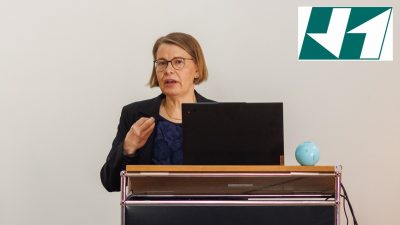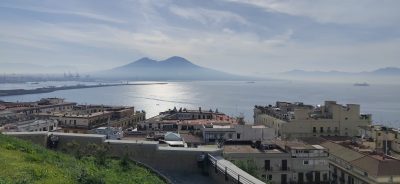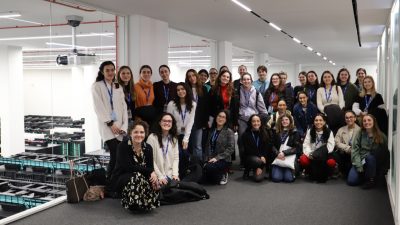
From June 30th to July 4th, Hernán Domingo attended the 14th International ITER School on Integrated Modelling in Magnetic Fusion Plasmas, held in Aix-en-Provence, France. The event, organized primarily by Aix-Marseille University, CEA and ITER Organization , brought together over 200 participants from diverse backgrounds, all sharing a common eagerness to learn more about nuclear fusion and integrated modelling.
Our PhD student, Hernán, had the opportunity to present a poster on Alya4fusion, our latest project focused on nuclear fusion reactor simulation and integrated modelling.





